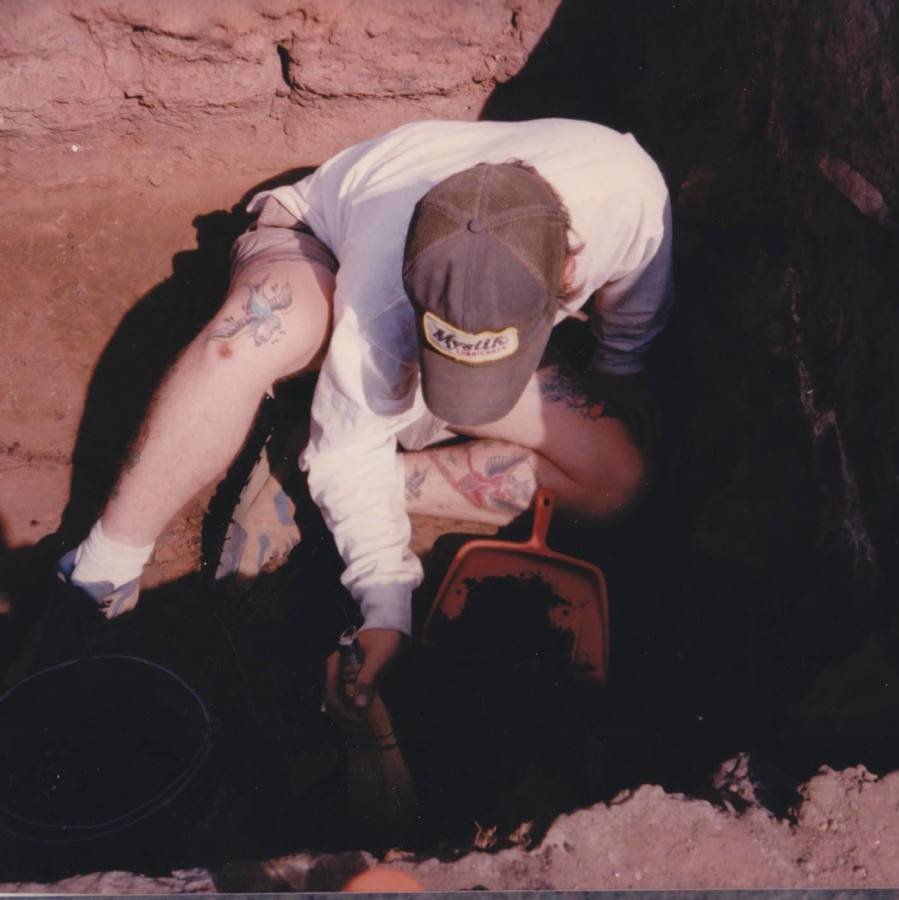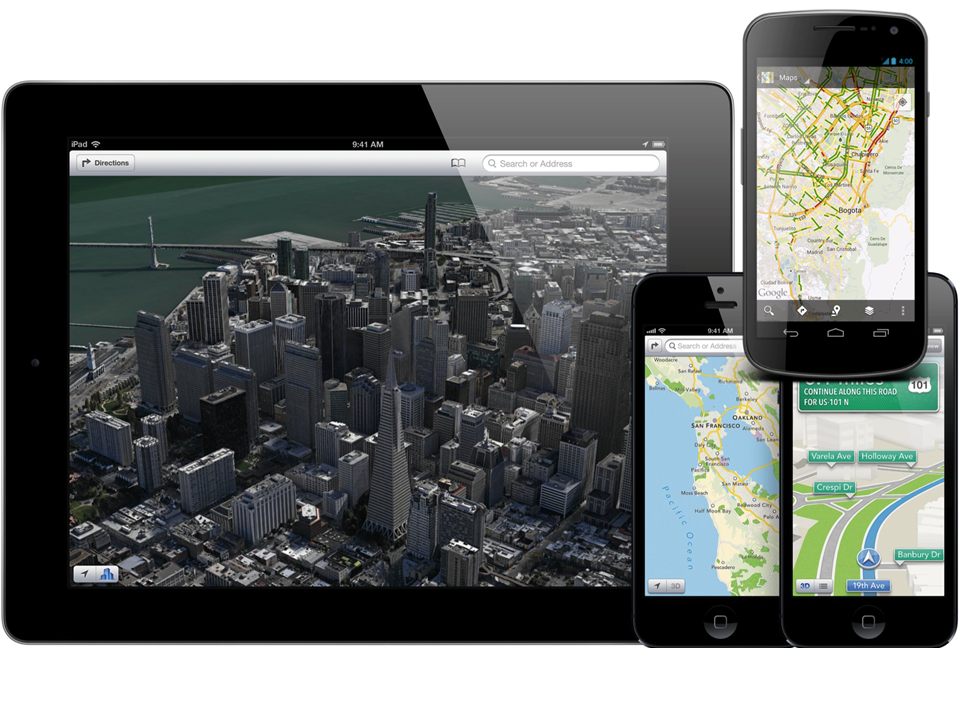Earthsys 144: Fundamentals of GIScience
Introduction to Spatial Concepts and Applications
where is your data? gis.stanford.edu


https://slides.com/staceymaples/earthsys144-lecture01
Labs this week will be at posted times, but held at the Stanford Geospatial Center at Branner Earth Science Library.
Look for a Doodle Poll to determine when labs at the A65 Computer Lab will be held.
Waldo Tobler's 1st Law of Geography
"everything is related to everything else, but near things are more related than distant things."
https://slides.com/staceymaples/earthsys144-lecture01
Stace's 1st Law of Geography
Everything is somewhere, and that somewhere matters."
https://slides.com/staceymaples/earthsys144-lecture01
Learning Objectives
The goal of this course is to provide students with hands-on experience in using the latest geospatial methodologies, and to establish the foundation for students to use “spatial thinking” and spatial technologies to enhance their future research and work.
https://slides.com/staceymaples/earthsys144-lecture01
Be this...


not this...
Teaching Team
Introductions





Spatial Data is Everywhere

https://slides.com/staceymaples/earthsys144-lecture01






What is (a) GIS?

GIS
Geographic Information Science
Geographic Information Systems

Geographic Information Science
Geographic Information System

...a computer-based system to aid in the collection, maintenance, storage, analysis, output, and distribution of spatial data and information.
(Bolstad, 22)

People?!
Geographic Information Science
Geographic Information System
Geographic Information Software

...deals with the techniques & models to capture, manage, analyze and present geographic information.

Text
Rosnay, J. D. (1979). The macroscope: A new world scientific system. Harper & Row.

Who is GIS useful for?

Everything is somewhere, and that somewhere matters

Geographic Information Science
is fundamentally independent of specific application areas.







How Does GIS Model the World?







Vector Data














Raster Data

Raster Data is Pixels
Pixels are numeric values




Everything is somewhere, but how do we say where?


Geographic Coordinate Systems

Projected Coordinate Systems
Web Maps


The "special" case of Web Mercator







Thinking "Spatially"

Spatial Relationships
- Adjacency
- Containment
- Intersection
- Proximity

Proximity


Intersection



Zonal Statistics

Simulation
- Hillshade
- Viewshed
- Hydrology
- Movement/Least-cost paths
- Agent-based models

Simulation (Viewshed)




Applications

































https://tasks.hotosm.org/





Platforms & Software
Desktop Software
Cloud/WebGIS
APIs / SDKs / Libraries
GDAL
Geospatial Data Abstraction Library
Data Sources





We made it to the End of the first lecture!


Readings
Labs this week will be posted times, but held at the Stanford Geospatial Center at Branner Earth Science Library

KZSU.stanford.edu
Listen to our our KZSU Robot DJ:
kzsu.rocks
Introduction to Spatial Data Science
By Stace Maples
Introduction to Spatial Data Science
- 913



